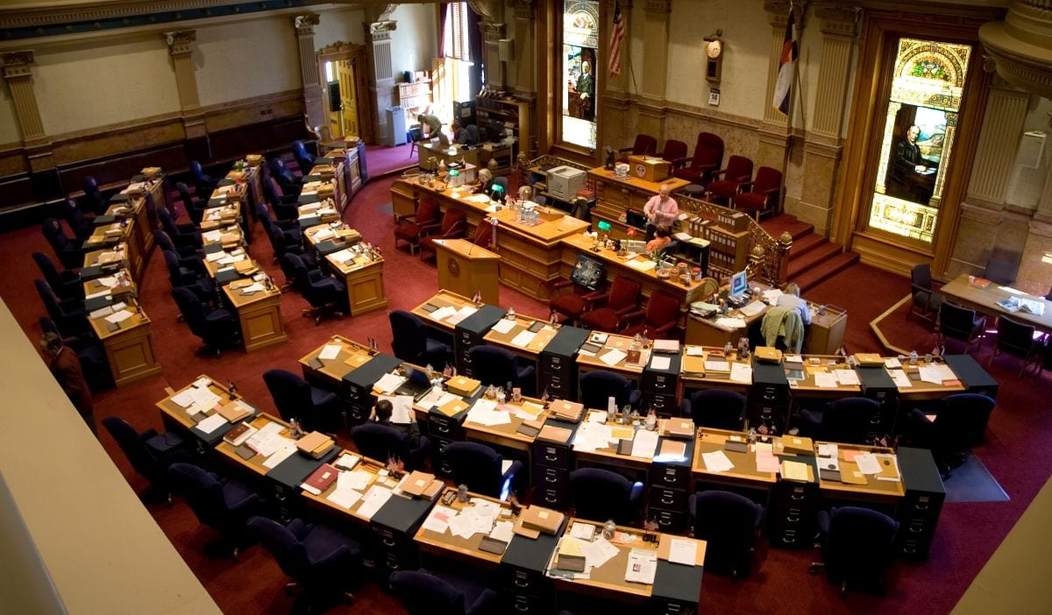In the Republican tsunamis of 2010 and 2014, the GOP fashioned “trifectas” — governor and both legislative chambers — in 23 states. They controlled both the upper and lower houses of state government in another seven, giving them control of 30 state legislatures. That’s 68 legislative chambers under GOP control.
The Democrats could manage control of only 30.
But after those wipeout elections, the Democrats poured money into down-ballot races at the state level and 2016 may see a payoff.
With a renewed push in state elections ahead of the 2020 census, Democrats are competing to win at least 14 state legislative chambers on Tuesday. These victories could push five states into unified Democratic control in 2017.
Ever since the Democratic wipeout at the state level in 2010, Democratic Party officials, donors and outside groups have organized to put money and energy into the effort to win state legislatures.
The party could flip legislative chambers in Arizona, Colorado, Iowa, Maine, Michigan, Minnesota, Nevada, New Hampshire, New Mexico, New York, Washington and West Virginia.
Many of these states are on favorable terrain for Democrats with presidential election turnout expected to boost voting for the party’s base of minorities, the young and women. This is especially true of states with high Latino and Asian populations including Arizona, Colorado, Nevada and New Mexico. In 2012, Latinos and Asians voted overwhelmingly for Democrats and are expected to deliver even bigger margins for the party this time around thanks to the anti-immigrant demagoguery of Republican presidential nominee Donald Trump.
There is no competitive Senate race in four of these states. That means that the Republican Party has not invested heavily to get out the vote for their Senate candidate, which hurts those down ballot. Democratic down-ballot candidates in states like Colorado, Iowa, Maine and Michigan will be boosted by Democratic nominee Hillary Clinton’s advanced get out the vote operation while Republicans will have to rely on Trump’s unfunded operation. Get out the vote efforts will likely play a major role in determining these legislative races where victory margins will be smaller than the top of the ticket.
In Arizona, Democrats would need to flip four seats in the state Senate to win control. In Colorado, Democrats only need to win one seat in the state Senate to win back full control of the legislature. They already control the governor’s mansion.
Democrats in Minnesota, New York and Washington are also hoping to win back full control of their respective state legislatures and governor’s mansions. This may be easiest in Washington where Democrats need to win two seats in the state Senate. Their top targets are in districts that will likely lean Democratic in the presidential election.
The 2020 census almost certainly won’t be as friendly to Republican redistricting hopes as the 2010 census was. In practical political terms, it means huge GOP legislative majorities in states like Texas and Florida will likely be diminished — perhaps even eliminated.
Hopefully, this will be a wake-up call for Republicans to get busy and start funding and recruiting decent candidates at the state level.










Join the conversation as a VIP Member